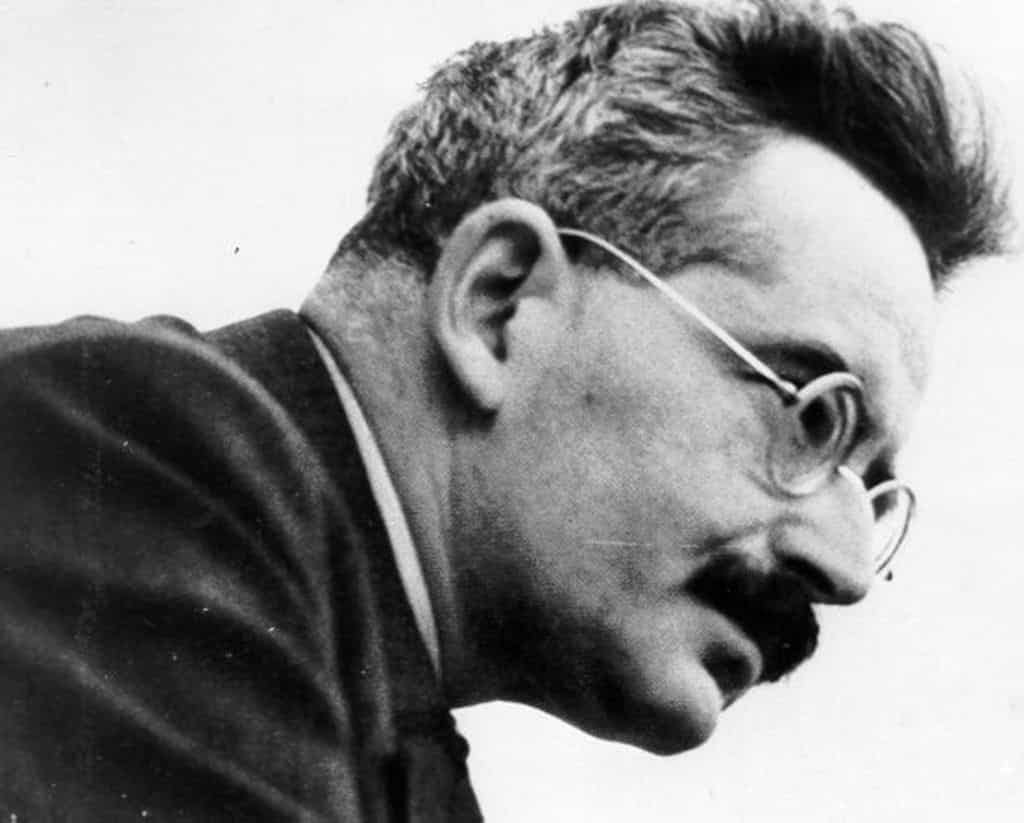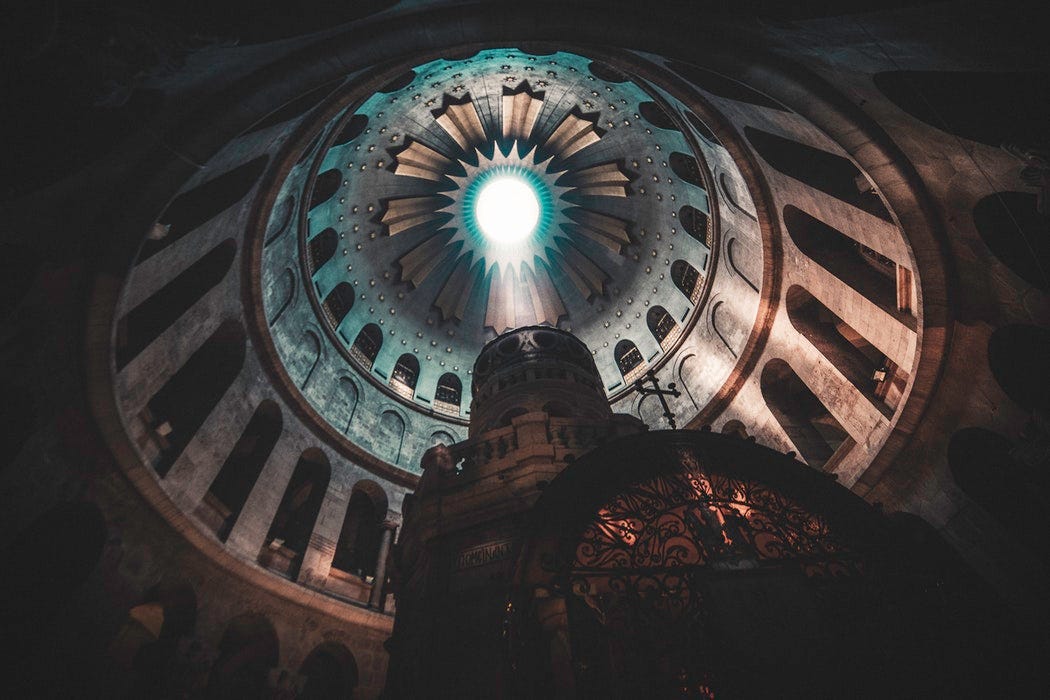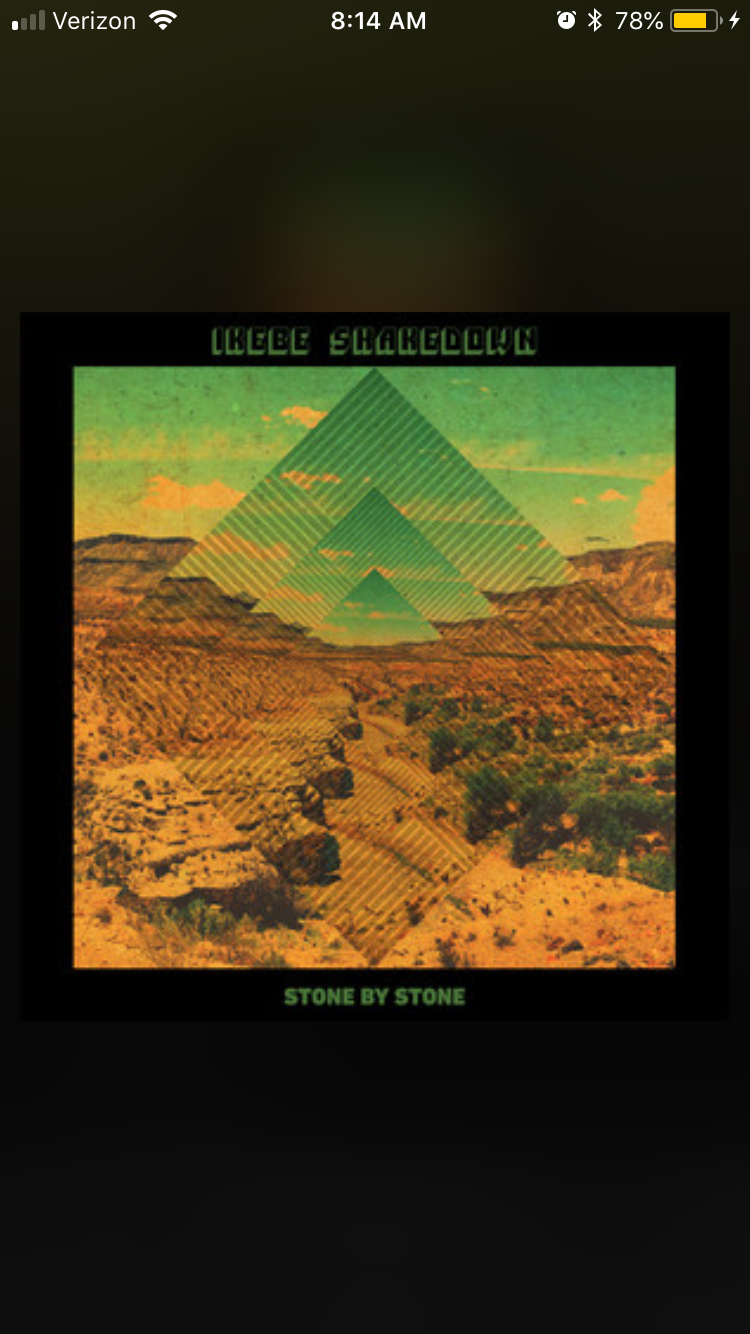
The Curious Case of Walter Benjamin (or where is art headed in the 21st century?)
Nicholas Petroni
May 19, 2018
What will art look like at the end of the 21st century?
Suppositions about the future of art seem to have generally stemmed from presuppositions about the interaction between the present and the shifting nature of art. Walter Benjamin, writing as the world struggled to emerge from the Great Depression could not possibly have known that capitalism would emerge from the worldwide economic wreckage, different, somewhat restrained (at least for a time), but more firmly entrenched in the West than ever before. Similarly, Benjamin could not have imagined the ubiquity of for-profit creative endeavors in the late 20th and early 21st centuries.
Of course, he could not predict the shift from mechanical reproduction (the great Boogie Man of the art world in the first half of the 20th C) to digital reproduction either. Rather than see this as an abrupt shift, however, it may be more appropriate for one to view these changes as a continuation of the evolution of mass reproduction, and simply put, the eventual dominance of mass produced art, music and film. One is reminded of Clement Greenberg’s concerns about the ascendency of kitsch in the early 20th century. Would the appeasement of the masses dilute “real art” to the point that art was no longer distinguishable from advertising or campaign literature? Would mechanical reproduction strip works of art of their philosophical and/or sensual value, or “aura” as Greenberg called it?
Yes, the answer was yes. In most cases. But not all.
In an ethos where media consumption is at an astronomical level, and media production (and reproduction) is done with an ease that would have astonished us even a decade ago, it is easy to assume InstaArt and Twitter Sonnets are all that will survive. When the most amateur to the most “professional” creative endeavors seem to be motivated by monetary compensation and/or public acclaim (likes, heart symbols, claps and shares), it is easy to assume that digitizing images, music, writing and performance has stripped the West in particular of anything that could be considered art of lasting value. One can almost hear Benjamin screaming from beyond the grave — “what about art of higher value?”
While the defense of art for art’s sake and of a higher taste (art of cult value) is understandable, the emergence of mechanical and later digital reproductions as a means of disseminating art also created new opportunities for expression, which, far from creating a society in which “the conventional is uncritically enjoyed, and the truly new is criticized with aversion,” as Benjamin commented, actually promote innovation.

Benjamin lamented, “Even the most perfect reproduction of a work of art is lacking in one element: its presence in time and space, its unique existence at the place where it happens to be.” What better example of this than the audio and video recordings of live music performances in the late twentieth century and to an even greater extent in our own time. Clearly a patron of any music scene, equipped with even the most sophisticated amateur recording equipment cannot capture the vitality or ethos of the actual performance. Additionally, one can argue that the successful commercialization of popular music (kitsch melodies is perhaps appropriate) has led to a decline in the appreciation of other types of sounds. While this is clearly true to a degree, it is also partially untrue, at least since the development of file sharing, YouTube and social media. Not only are innovative musical arrangements being created, they very well might be part of a dialectic between musicians and other musicians, and between musicians and their audiences that rather than liquidating the authenticity that Benjamin almost religiously insisted upon, serves to ensure its continual rebirth.
No, even a professional video recording of a musical performance is not the performance itself, the aura is not present to the same degree, however, the widespread dissemination of these reproductions encourages, perhaps guarantees a steady restoration of authenticity by providing audiences sufficient in their enthusiasm for innovation for the composers to be financially rewarded to at least the degree that they are afforded the time, space and medium to successfully produce the authentic.
Even the often meager compensation available to musicians through Spotify etc. allows the artist to not only disseminate their work, but in many cases provides them with enough rent money that they can continue to hone their creative vitality. Gifted musicians whom may have surrendered to societal pressures to get a “real job” in previous generations are now able to continue contributing to society in the manner that is most beneficial and rewarding to themselves and to us, or at least to small groups that can now reach across time and place to be patrons of “music of cult value” as Benjamin might call it.

Just as “mechanical reproduction separated art from its basis in cult,” surely many musicians are concerned with exhibition first and so reproduce sounds and scenes, dance routines and cliché pantomimes. Benjamin was correct that overall, mechanical and now digital reproduction has led to, well, stale artistic reproduction, in many, perhaps most circumstances. However, why not view this as the price paid for compositions and performances of “cult value” that may not ever have been produced without what one might view as the informal and unrestrictive patronage of the file sharing/social media era.
Royalty free photography like that found on Unsplash and similar sites, unmotivated, at least directly, by profit (something that romantic anti-capitalists like Walter Benjamin and Clement Greenberg should have at least theoretically supported) allows artists in that medium the ability to display their work and in many cases enhance literary pieces, including right here on Medium. Yes, photography by nature is mechanical or now digital reproduction. A photograph of a wildflower meadow is not the meadow. But that is precisely the point. It was never intended to be the meadow but rather an interpretation of the meadow as “painted” by the lens and accented by any augmentation the artist felt was appropriate.

Painting, sculpture, all visual arts were always “reproductions” of nature to begin with. The fact that there is one Painting X in existence and unlimited access to the photographic image above does not make Painting X inherently better, more authentic or avant garde than Fleurine’s piece. If Painting X is a piece of shit, what difference does it make if there is one or one million?
Yes, there is an inherent danger (I chose these words to convey the somewhat absurd solemnity with which Benjamin, Greenberg and others approached these questions as if they were a matter of life and death) in the ease with which art or that aiming to be taken as art can be mechanically or digitally produced or reproduced, however, more human beings creating for the sake of creating, while leaving mounds of kitsch, will also likely give rise to the seemingly more and more difficult to generate avant garde.
So where is art going? Where will it land?
It is going where it always has — into the margins. There is no reason to assume that art of cult value, genuine art, avant garde or whatever one prefers to call cutting edge artistic endeavors that are created primarily for the sake of their creation, to fulfill a need in the artist and provide higher meaning to the audience, will not land in the back alleys and sparsely attended galleries, in shitty clubs and in obscure corners of the Internet.

There always has been art on the margins and public spectacle at the center. Sometimes they intersect, often they don’t. As the 21st century rolls on, digital reproduction will likely continue to play a greater and greater role. No one needed me to tell them that. But behind that, driving that, will be real flesh and blood human beings musing, straining, aching with the same inspiration that filled prehistoric caves with art.
NICHOLAS PETRONE





No comments:
Post a Comment